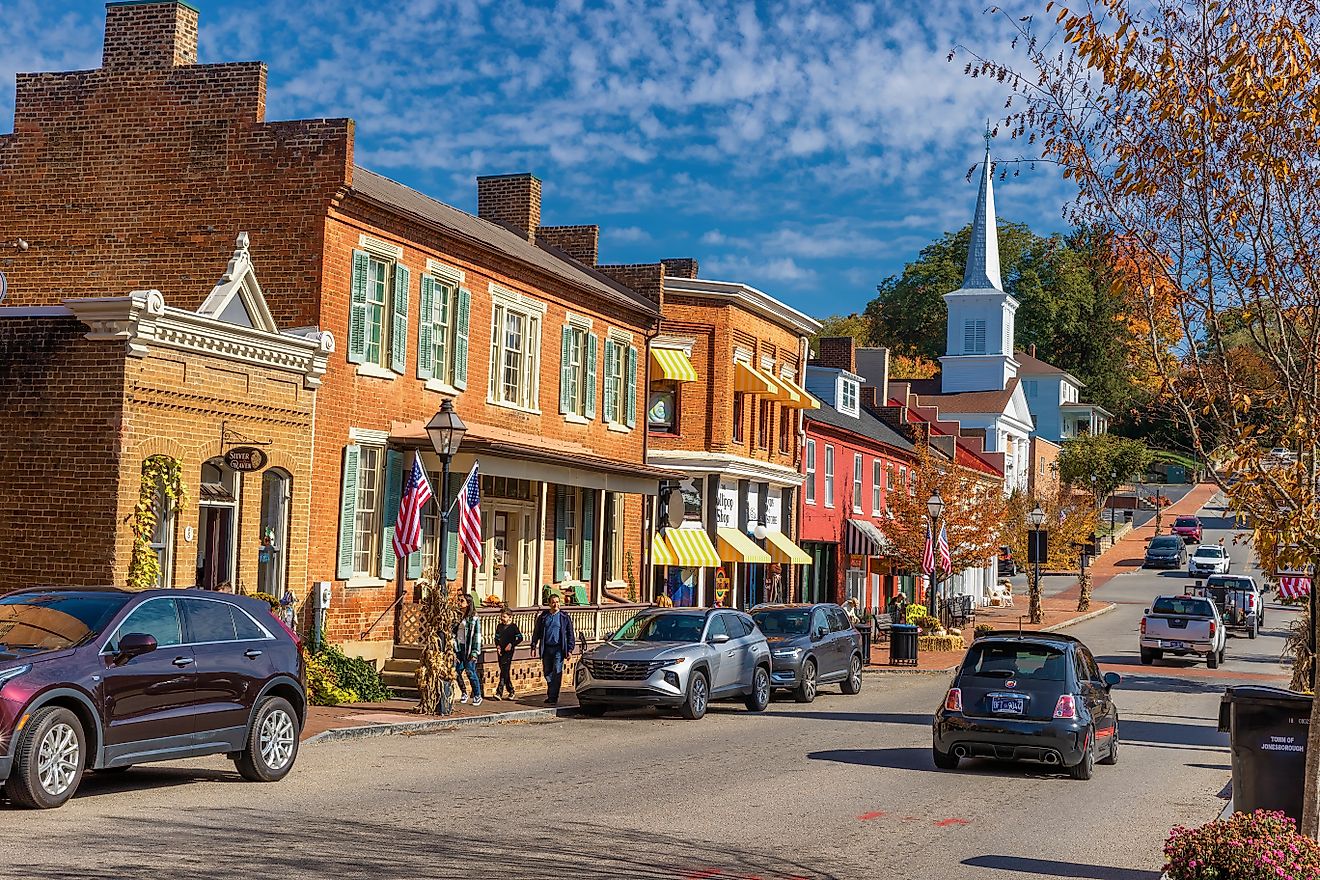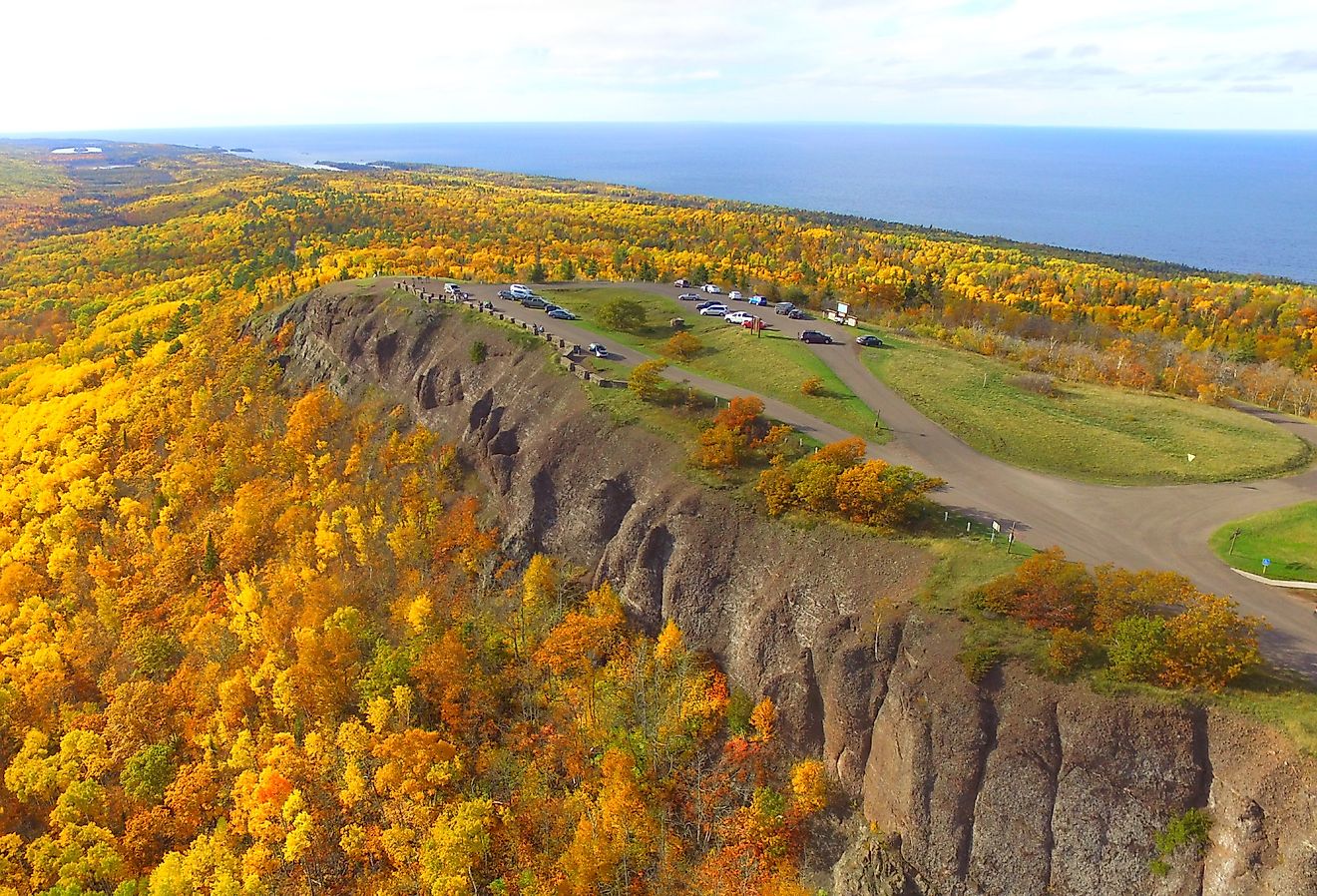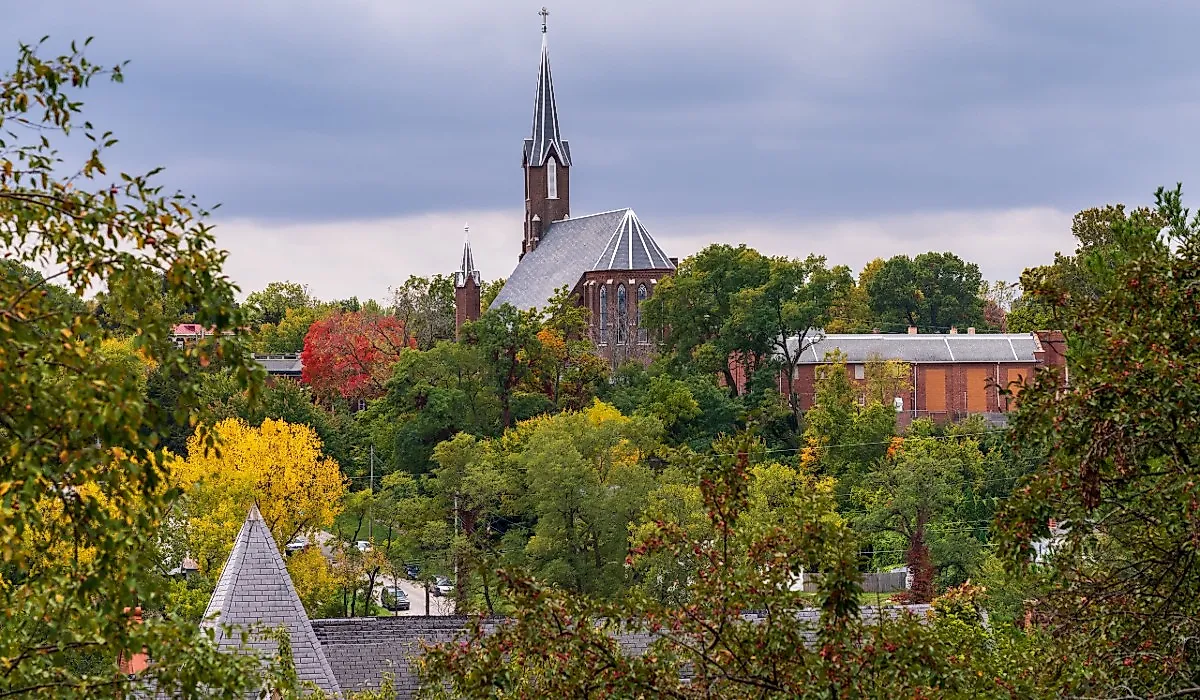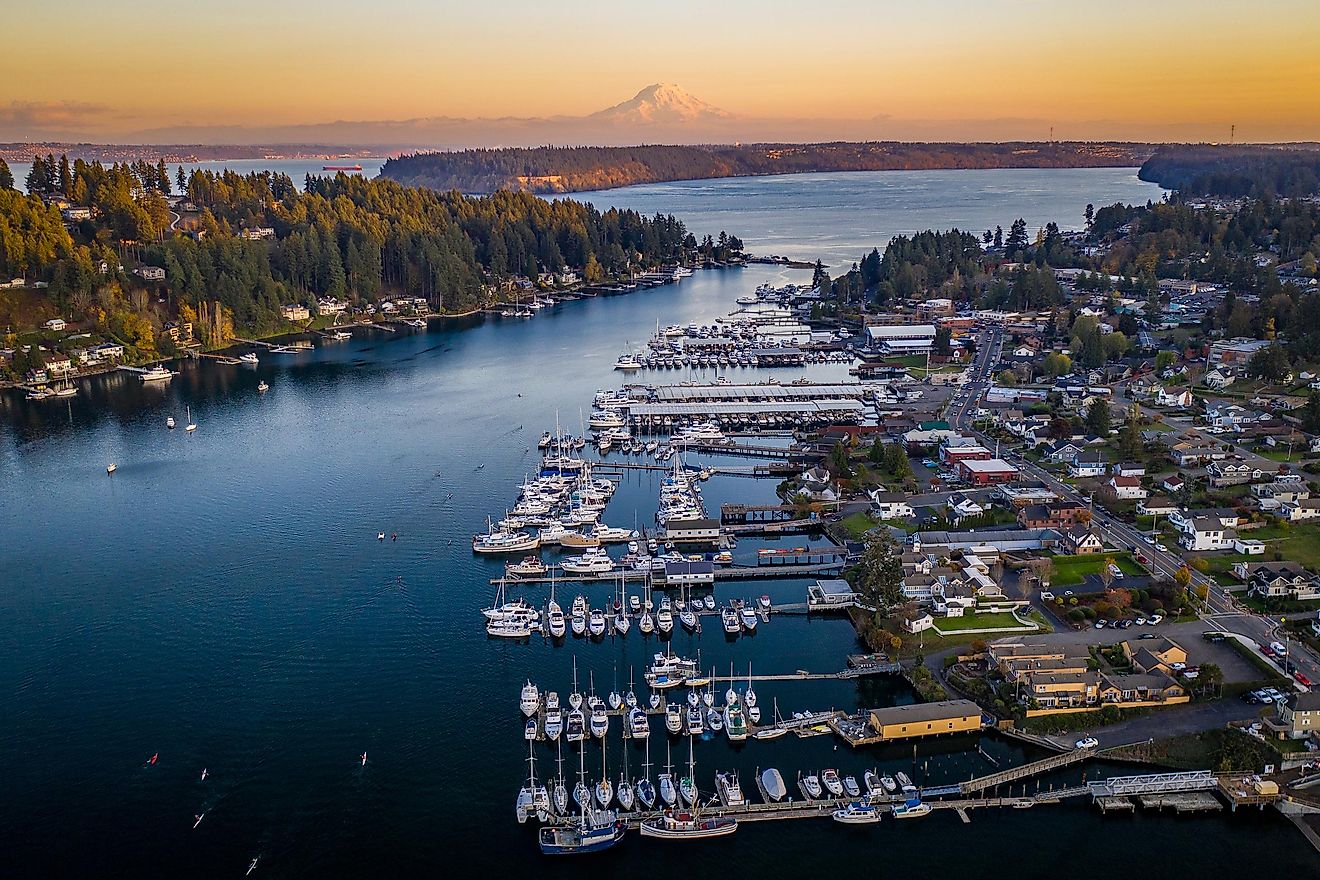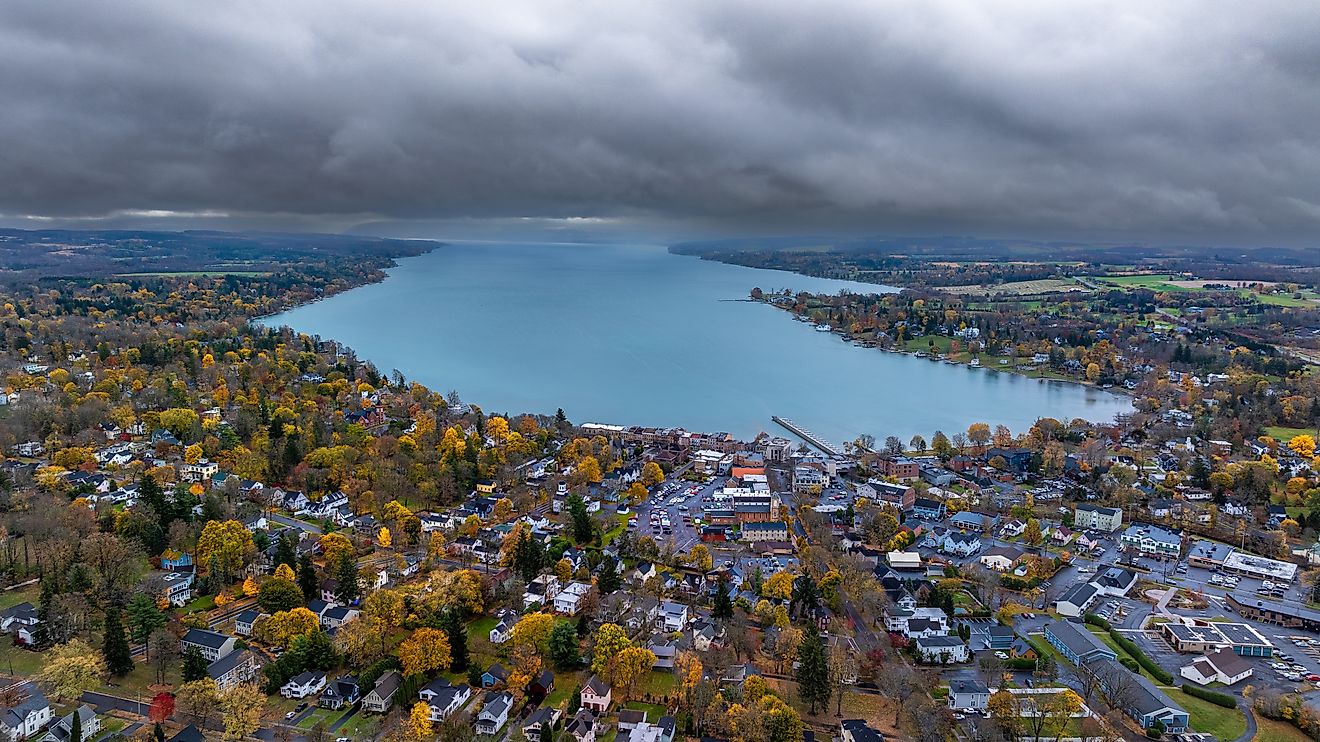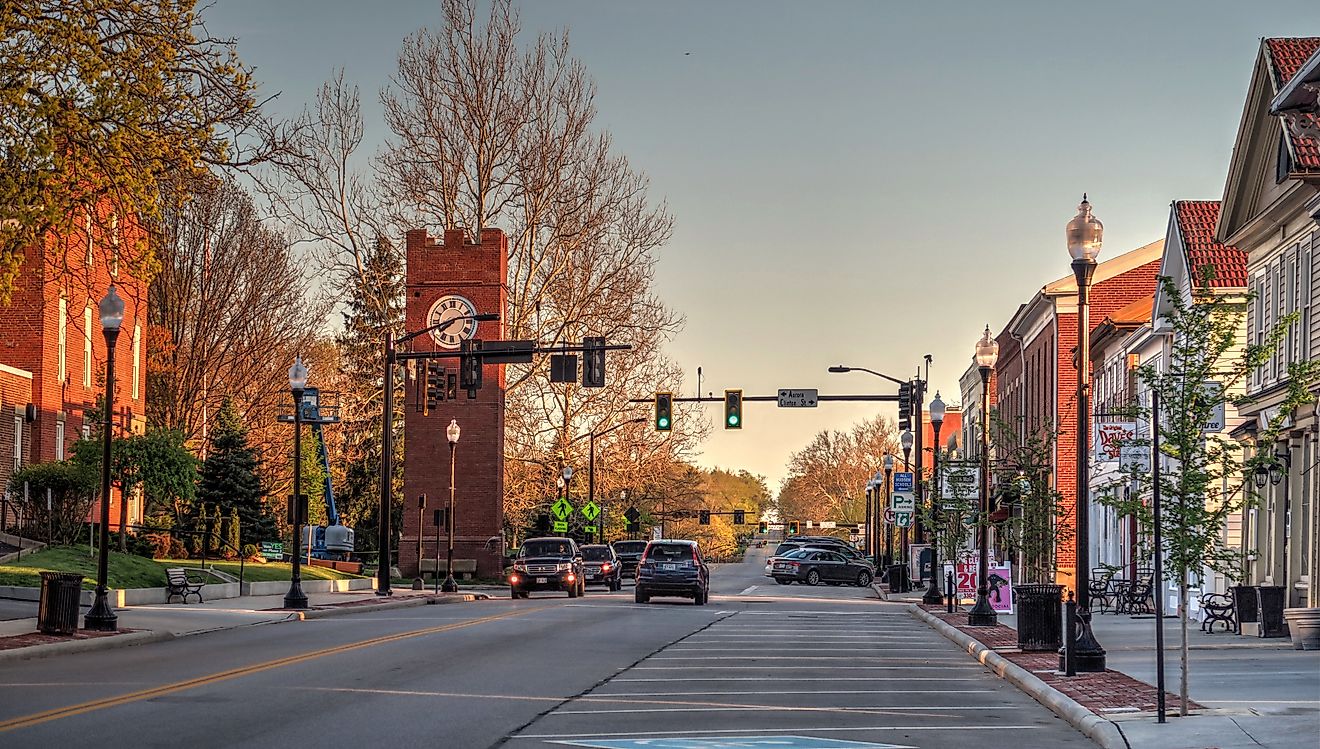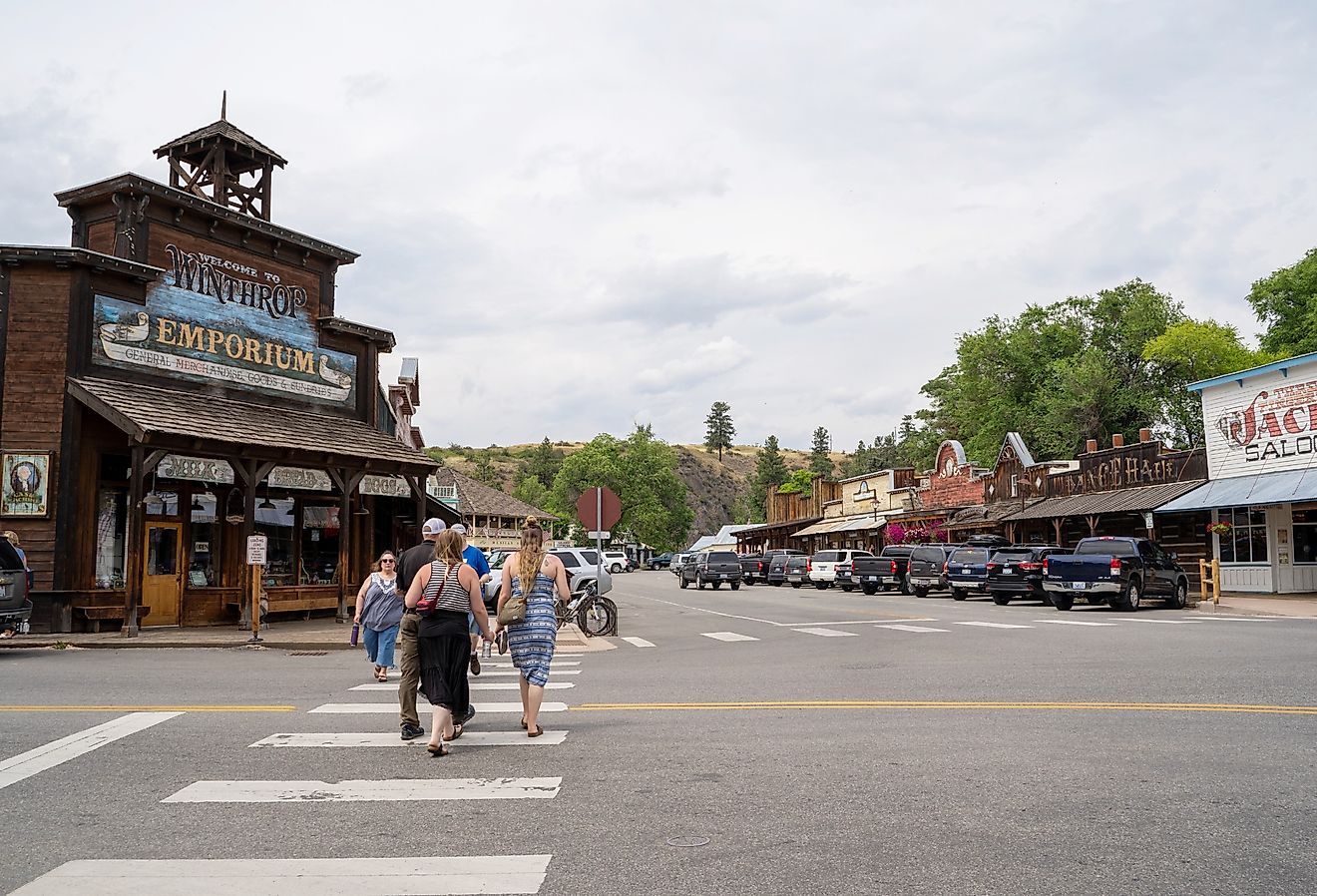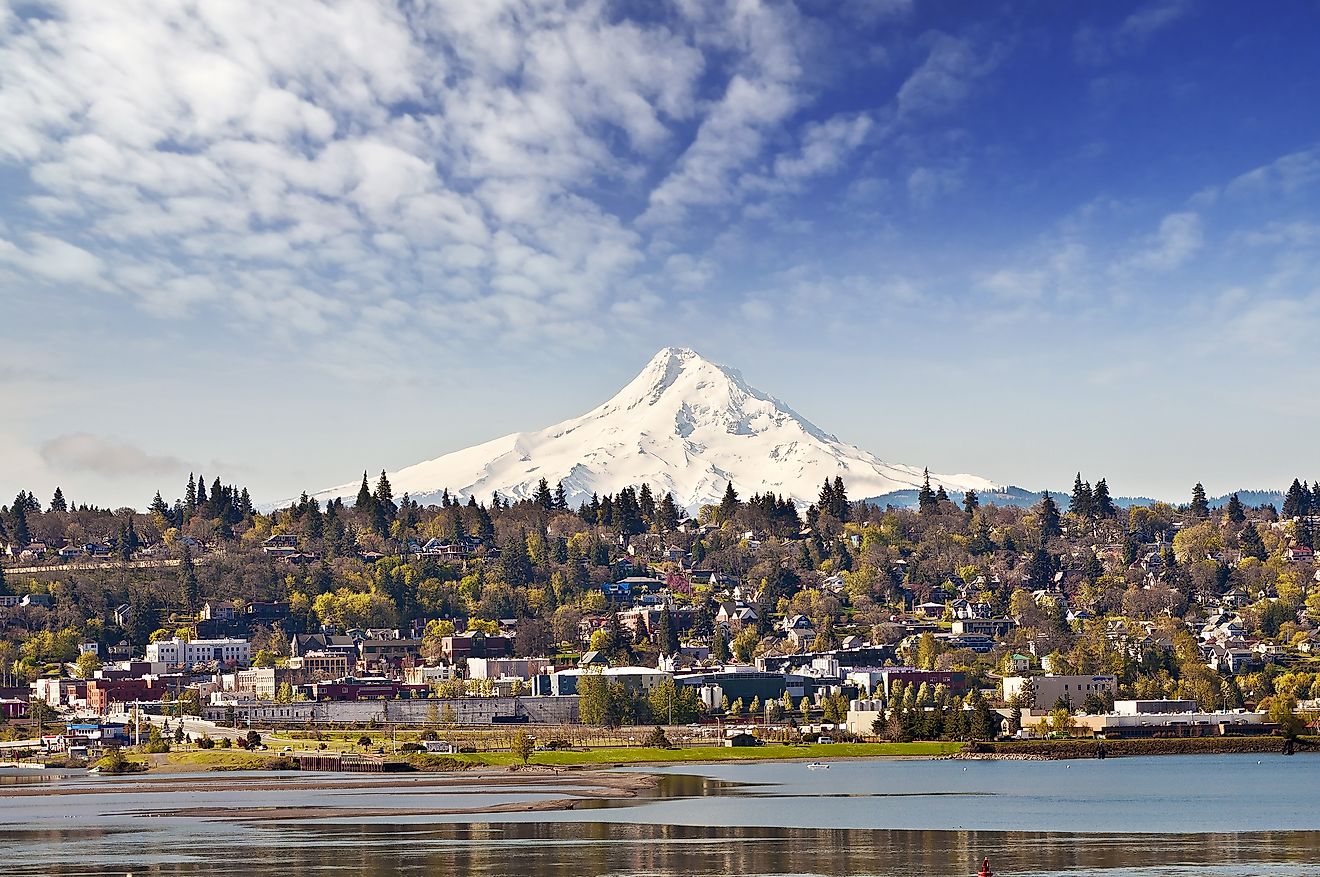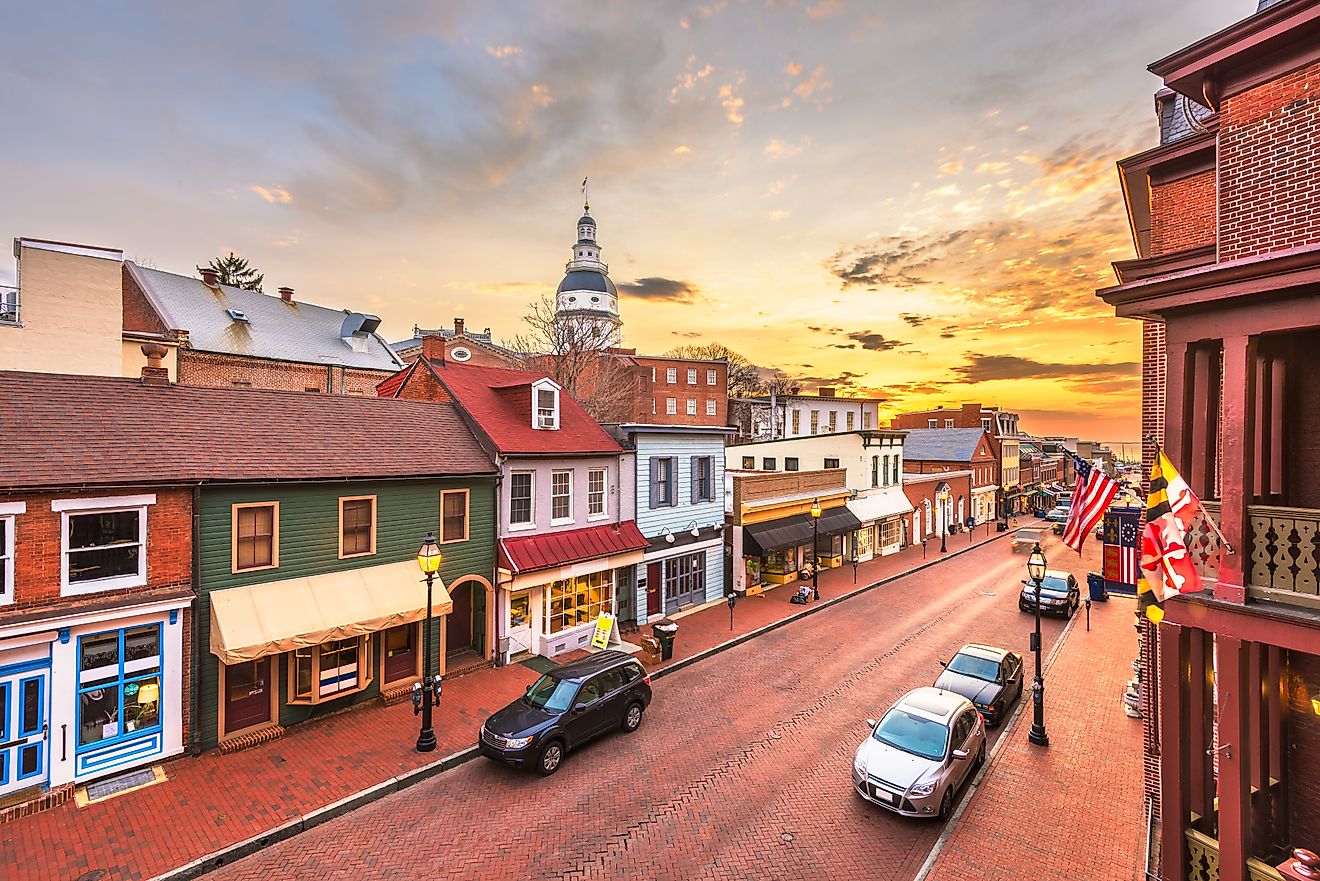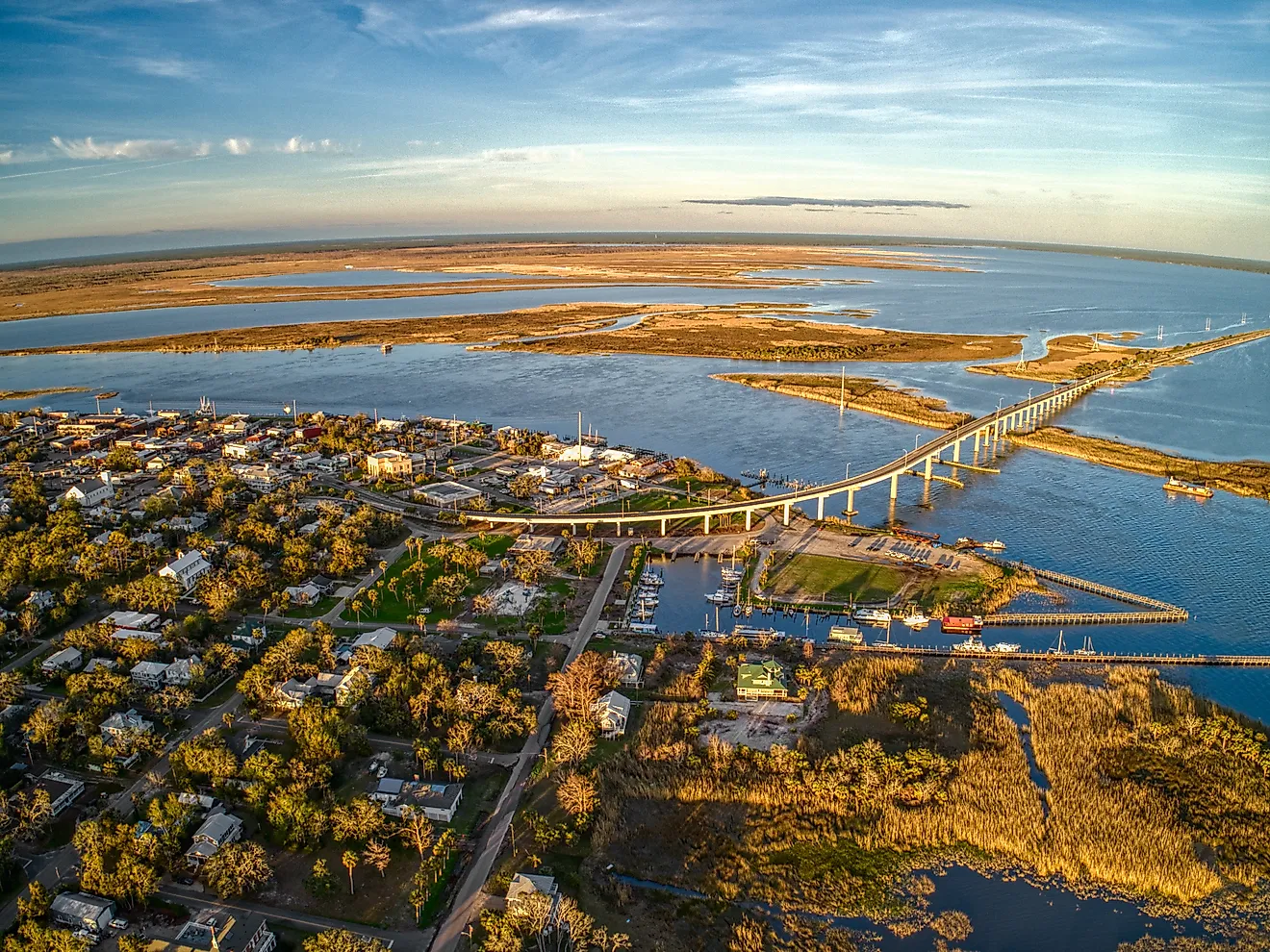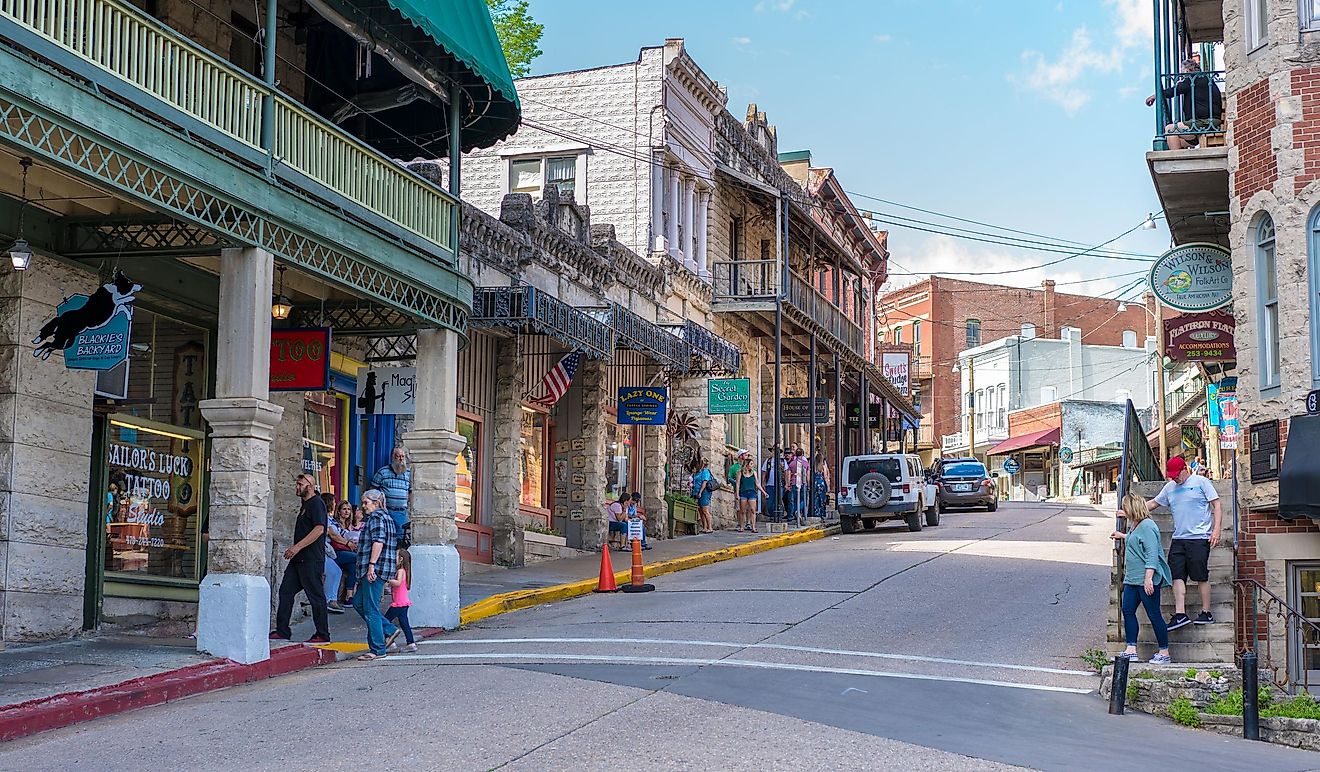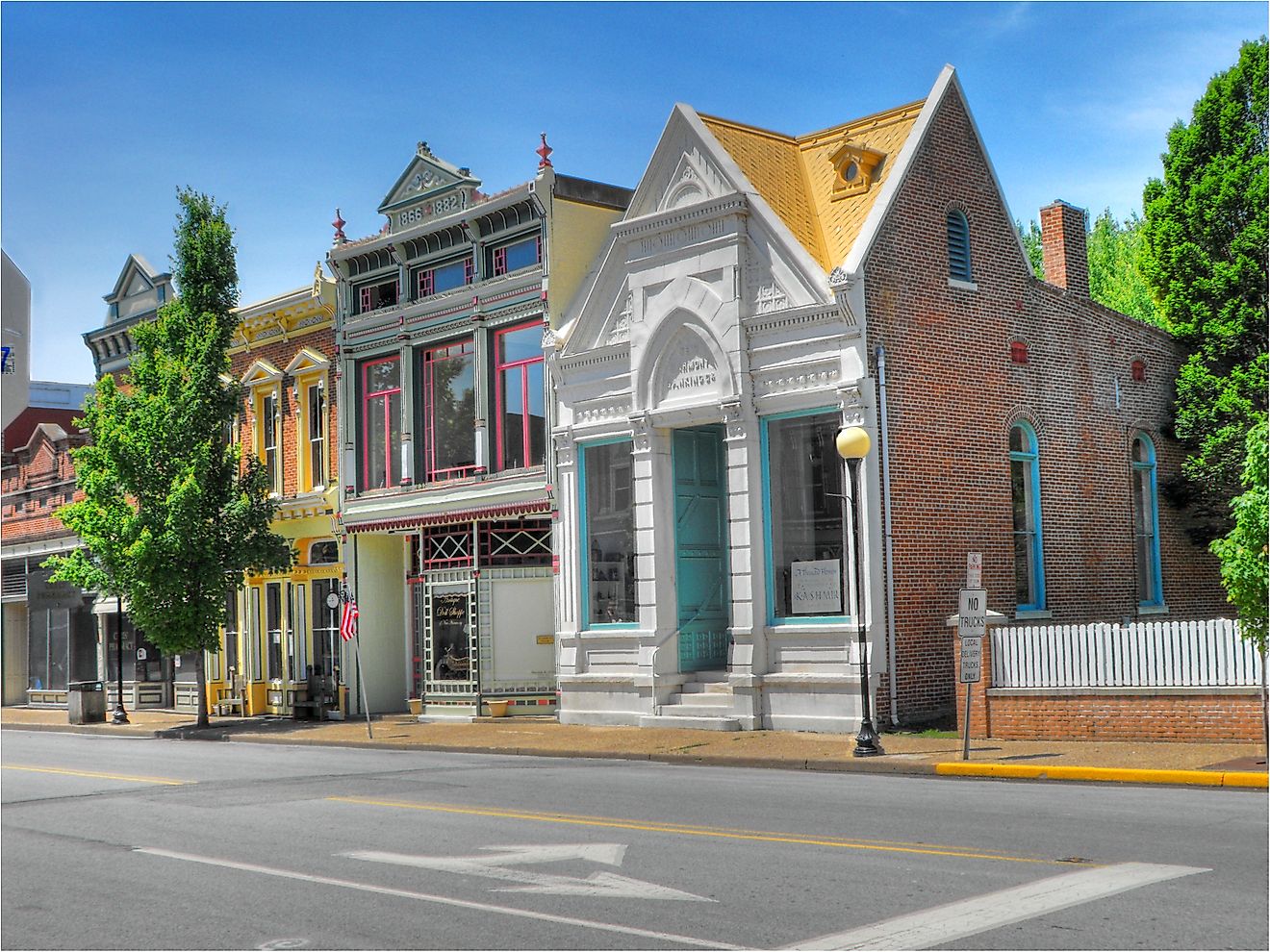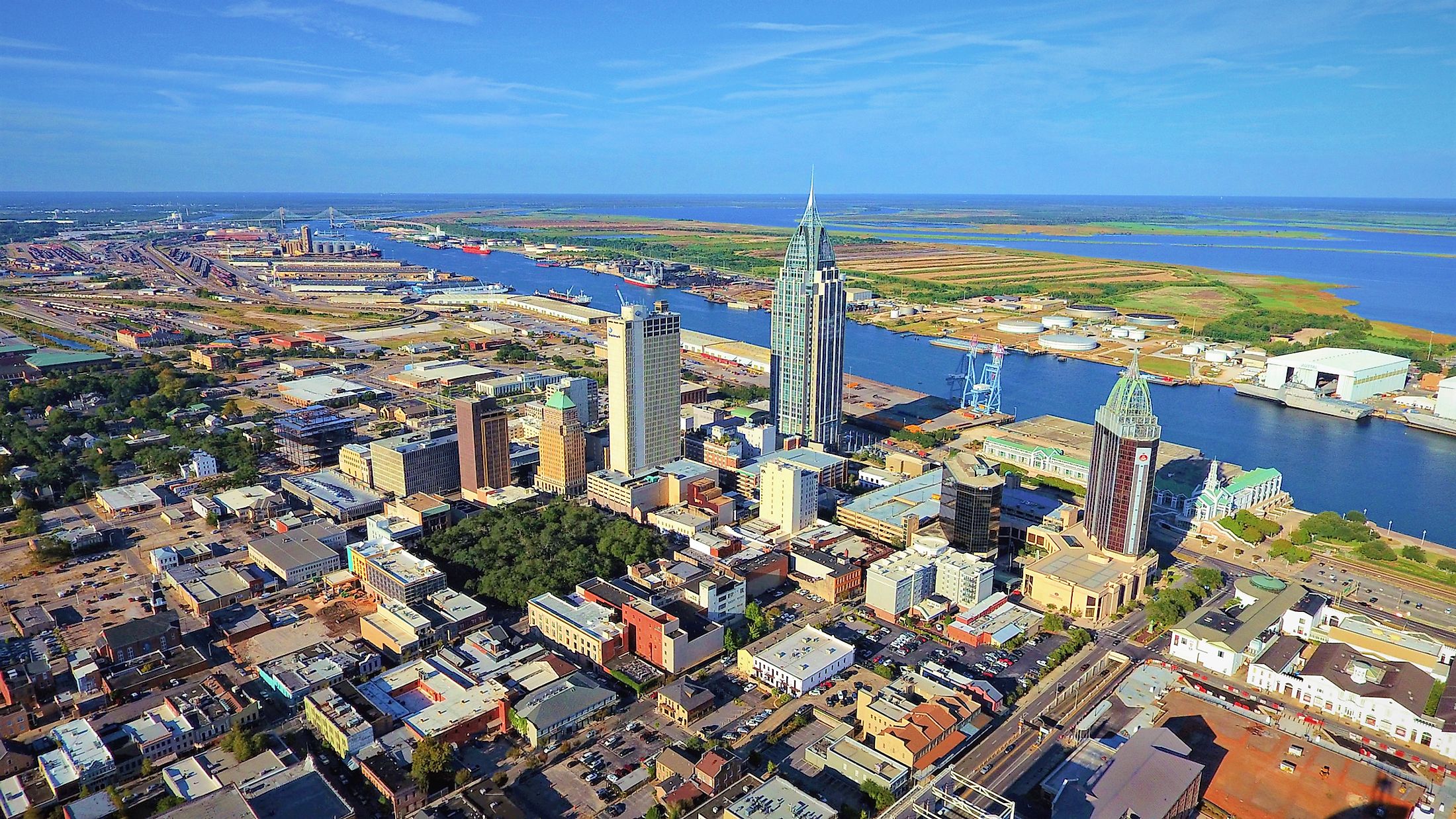
Mobile, Alabama
Mobile, Alabama, is located in Alabama, United States of America, along the north-central Gulf Coast. It is the third most populous city in Alabama, with a population of roughly 190,000. Mobile is also the state's only saltwater port, where Mobile river meets Mobile Bay, which allows for trading and goods supplies and is a key component in the growth and importance of the city.
Geography And Climate Of Mobile
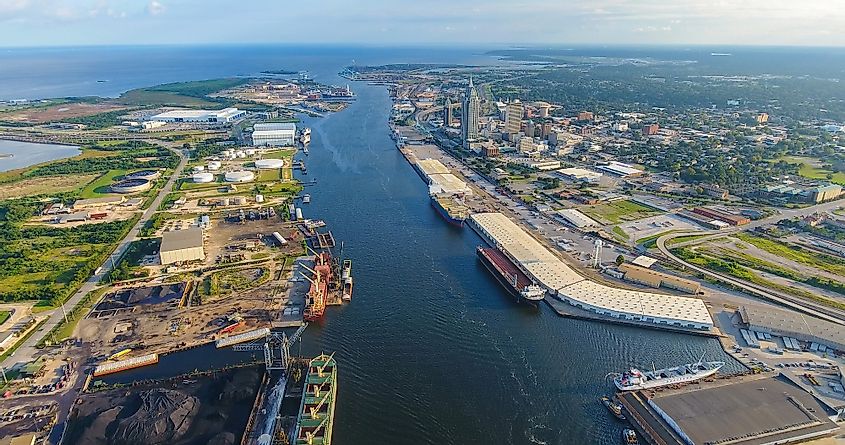
Mobile is in the southwestern portion of Alabama, where the state meets the Gulf of Mexico. The city has a low range in elevation, from 3 meters above sea level near the coast to 64 meters as you move inland. Its location on the gulf and its southern location within North America means the city has a subtropical climate. It means Mobile experiences hot, humid summers and mild, rainy winters.
Mobile is the wettest city in the contiguous U.S. states, receiving around 168 cm of rain on average each year and 120 days or more with precipitation. Tropical storms and hurricanes have been known to hit or affect the Mobile and gulf coast area, such as the category 3 Frederic of 1979, which caused significant damage, Opal in 1995, which was less damaging, and Hurricane Ivan in 2004. In 2005, Hurricane Katrina hit the Gulf Coast, causing severe damage and millions of dollars of destruction in Mobile. Strong winds, waves and flooding occurred, including a storm surge that measured some 3.5 meters tall.
History Of Mobile
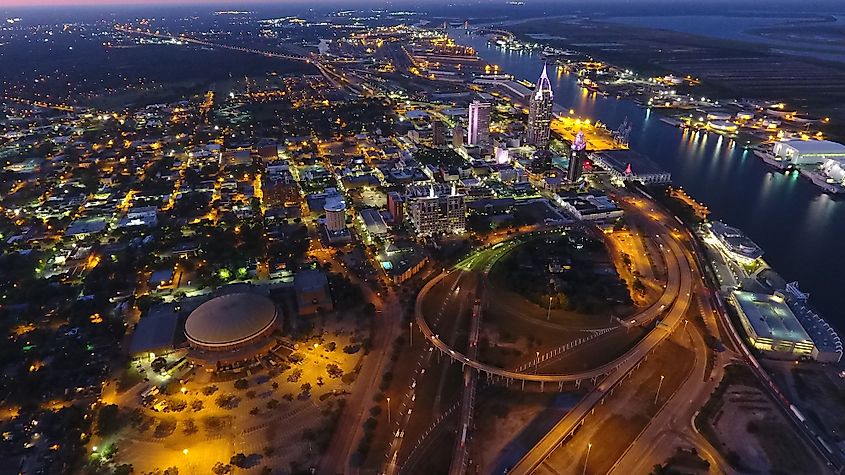
Mobile was founded in 1702 and was a French settlement and the first capital of Louisiana (then called French Louisiana). The capital was later moved to Biloxi in 1720. In 1763, after the Seven Years War, England won the rights to the colony, and Mobile and much of the surrounding area fell under British rule. Similarly, the colony later became a Spanish one in 1780 and eventually became part of the United States in 1813.
By this point, the population of Mobile was only around 300 people, but the town's position along the river and gulf made it a highly desirable port. It served most of Alabama and Mississippi through river transportation on steamboats. The port and river system allowed for goods and trade, and the population increased to 2800 by 1822 as industry and trade boomed.
Similarly, a plantation economy grew in the region, as the land was particularly fruitful for cotton growing. The area became highly settled with attorneys, cotton factories, merchants and doctors, along with a large economy of slave labor. From 1830 forward, the city became a booming center of commerce, with its primary industries being the cotton and slave trades.
By 1860, the population of Mobile was well over 30,000 registered people, including roughly 1000 free people of color, while there were some 11,000 slaves also present in the city, making the accurate population over 40,000
During the American Civil War, Mobile played a key role. The first submarine to sink an enemy ship, the H.L. Hurley, was built in Mobile. Additionally, the battle of Mobile Bay in 1864 resulted in the Union troops winning control of Mobile Bay, with the city following.
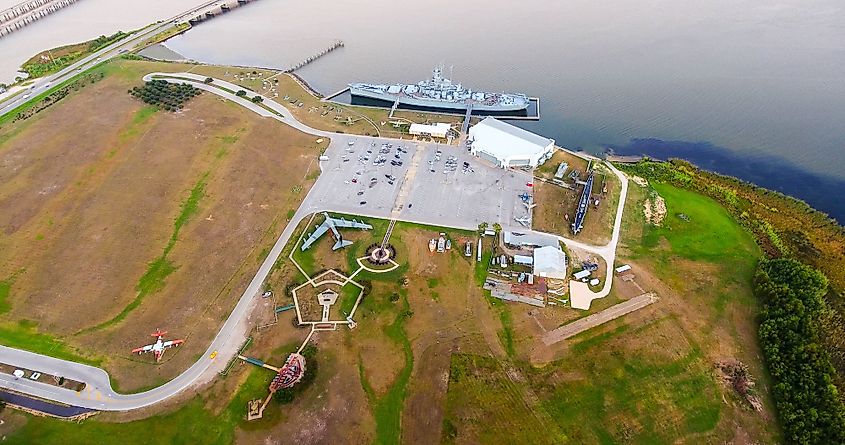
In the 20th century, industry took a turn, and government investments allowed for the development of the harbourfront. Shipbuilding and steel production were the major industries at that time, and ship channels were dug and widened. In 1902, however, the first segregational legislature was passed, and Jim Crow Laws were enacted, which significantly increased racial tensions.
World War II brought a larger middle-class white population to Mobile due to the increase in shipyard workers and the presence of the Brookley Army Air Field. From 1940 to 1943, 89,000 people moved to Mobile, drawn by war effort industries. This immigration resulted in a later market crash and mass job loss after the war.
The civil rights movement had a major win with the passing of the Civil Rights Act of 1964 and the Voting Rights Act of 1965, which ended legal segregation and regained effective suffrage for African Americans.
Art And Culture In Mobile
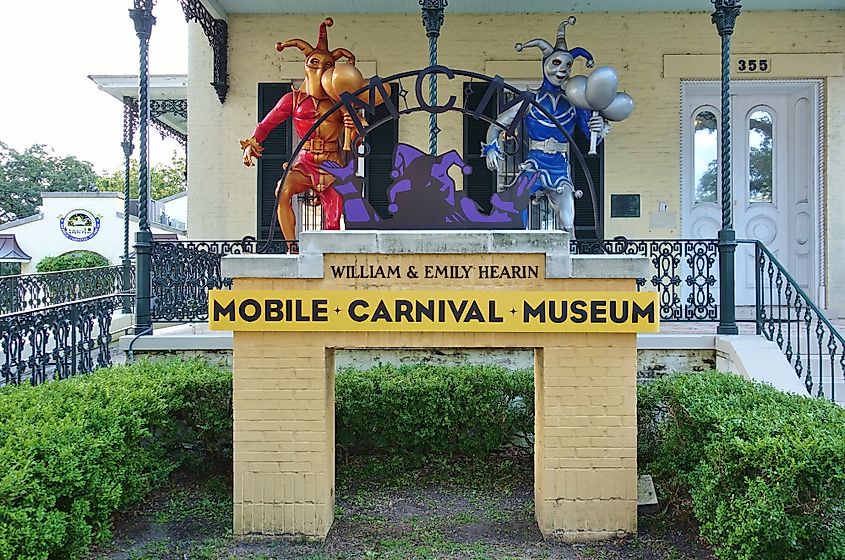
Mobile is a major cultural center along the Gulf Coast due to its extensive history and the rich art and culture scene. Many art museums can be found in the city, as well as a symphony, opera house, professional ballet company and a wide range of historical sites and buildings.
The city also holds the oldest Carnival or Mardi Gras celebrations and parades in the U.S. It dated back to the French colonial settlers and was first celebrated in Mobile in 1703. Mardi Gras is a huge event in Mobile and can extend for several weeks, including several balls or parties thrown by Mystic societies and culminating in the Mardi Gras parade. These celebrations are one of the largest draws for tourists to the area.
Tourist Attractions In Mobile
Aside from the colors and festivities of Mardis Gras, Mobile is also a popular tourist destination in the summer. The city has a rich history and a number of museums. The History Museum of Mobile is located in city hall and documents over 300 years of the city's history.
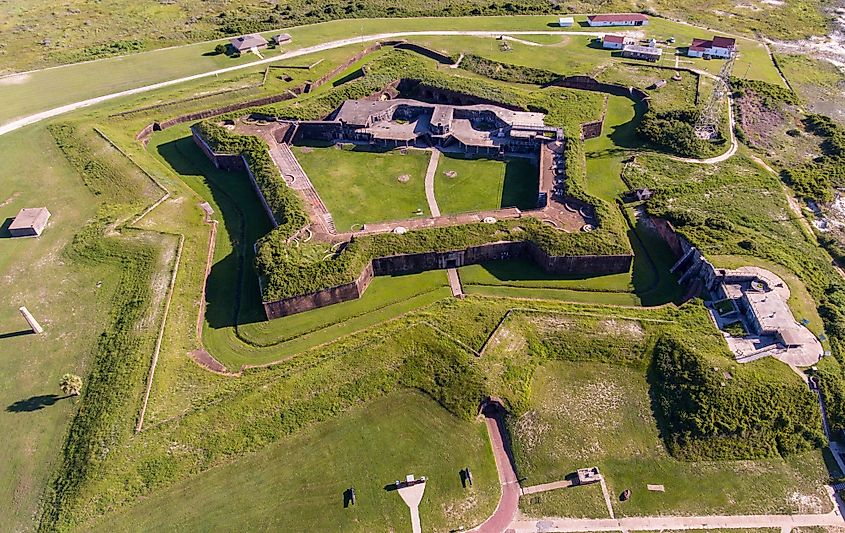
Similarly, War memorials in the area include WWII, Korean War and Vietnam War memorials and memorabilia at the Battleship Memorial Park and Fort Morgan, Fort Gaines, and Historic Blakeley State Park. The Mobile Carnival Museum is also a museum celebrating the history of Mardi Gras in the city. Historic buildings such as The Bragg-Mitchell Mansion, Richards DAR House, and the Condé-Charlotte House are also visited by tourists. Other attractions include The Gulf Coast Exploreum Science Center and the Dauphin Island Sea Lab.
Over the centuries, Mobile has grown, adapted, and shown resilience to be the still strong city it is today, despite economic, weather, and war-related setbacks.
